I received these olive oil varieties from Crisco as part of the Food Buzz Featured Publisher program
I think I am sufficiently stocked with oil until Skylar graduates from high school for at least a few months
But you can never have too much oil for making any of these recipes:
Cinnamon Sugar & Ginger Roasted Potato Sticks
Lemon & Dill Roasted Potato Sticks
Caramelized Ginger & Olive Oil Roasted Beets
Vegan Sloppy “Bean & Lentil” Joes
Mango Balsamic Rice, Beans, & Mixed Vegetables
Apple Glazed Vegetables & Edamame Stir Fry
Vegan Chili (Crock Pot or Stovetop)
Spicy Vegetable Corn & Bean Soup
So yes, Crisco, thanks for the olive oil.
I will for sure get greasy with it put it to good use.
In any of the recipes I just highlighted, I either use oil and it’s listed in the recipe or it’s mentioned as an optional add-in.
Adding 1-2 Tbsp of olive oil to most any savory recipe won’t hurt it and will most likely help it, so get your grease on.
The other oil I use frequently is Coconut Oil
I never used to like coconut oil.
I thought it tasted like I was chewing on waxy bits of Hawaiian Tropic tanning oil.
But boy, times have changed.
Need proof?
Consult my Coconut Oil Recipes Section for ideas & recipes such as:
Coconut and Olive Oil Roasted Potato Sticks (Roasted “French Fries”)
Roasted Coconut Ginger & Peanut Butter Carrots
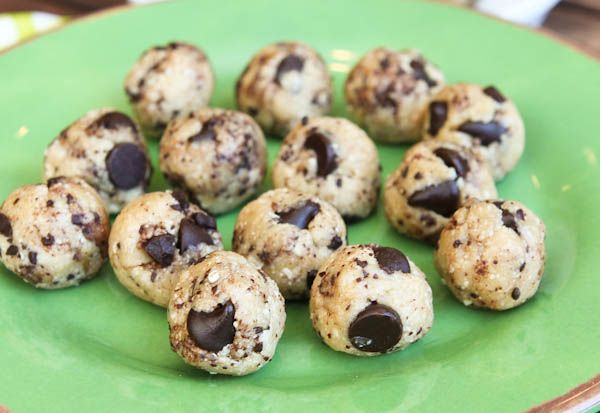
For more:
Olive Oil Containing Recipes – Many found in:
Entrees section
Roasted & Baked Veggies & Sides section
Soups & Chili section
Tofu section
Coconut Oil Containing Recipes has it’s own post
And I have a Themed Recipes Section where you can find recipes categorized by type, i.e. banana containing recipes, oat & oatmeal recipes, chocolate dessert recipes, mango recipes, etc.
And in most recipes you can use coconut oil in place of olive oil, provided you realize a coconut flavor will be imparted. I’ve come to love this, i.e. roasted potatoes or sweet potatoes roasted with coconut oil + cinnamon rock, but some people still are of the waxy Hawaiian Tropic mindset so do as you see fit and as your tastebuds prefer.
I find olive oil much more neutral than coconut oil, but you can’t make Raw Vegan Chocolate with it, either.
There are pros and cons to all oils in terms of flavor, viscosity, smoke point, i.e. how high you can cook with them before they smoke
Here’s the nutritional info for one tablespoon of various types of oil:
| Oil | Calories | Total (g) | Saturated Fat (g) |
| Almond oil | 120 | 14 | 1 |
| Avocado oil | 124 | 14 | 1.6 |
| Canola oil | 120 | 14 | 1 |
| Coconut oil | 117 | 13.6 | 11.8 |
| Corn oil | 120 | 14 | 2 |
| Cottonseed oil | 119 | 14 | 3 |
| Extra virgin olive oil | 120 | 14 | 2 |
| Flaxseed oil | 120 | 13.6 | 1.3 |
| Grapeseed oil | 120 | 13.6 | 1.3 |
| Hemp seed oil | 126 | 14 | 1.5 |
| Macadamia nut oil | 120 | 14 | 2 |
| Olive oil | 119 | 13.5 | 1.9 |
| Palm oil | 120 | 13.6 | 6.7 |
| Palm kernel oil | 116 | 14 | 11 |
| Peanut oil | 119 | 13.5 | 2.3 |
| Safflower oil | 120 | 13.6 | .8 |
| Sesame oil | 120 | 13.6 | 1.9 |
| Soybean oil | 120 | 13.6 | 2 |
| Sunflower oil | 120 | 13.6 | 1.8 |
| Vegetable oil | 124 | 14 | .9 |
| Walnut oil | 120 | 14 | 1.5 |
| Wheatgerm oil | 120 | 13.6 | 2.6 |
| Butter | 102 | 11.5 | 7.3 |
| Smart Balance Margarine | 80 | 9 | 2.5 |
And here’s another chart you may find interesting
Type of oil or fat |
Saturated |
Monounsaturated |
Polyunsaturated |
Smoke point |
Uses |
|---|---|---|---|---|---|
| Almond | 8% | 66% | 26% | 221 °C (430 °F) | Baking, sauces, flavoring |
| Avocado | 12% | 74% | 14% | 271 °C (520 °F) | Frying, sautéing, dipping oil, salad oil |
| Butter | 66% | 30% | 4% | 150 °C (302 °F) | Cooking, baking, condiment, sauces, flavoring |
| Ghee, clarified butter | 65% | 32% | 3% | 190–250 °C (374–482 °F) | Deep frying, cooking, sautéeing, condiment, flavoring |
| Canola oil | 6% | 62% | 32% | 242 °C (468 °F) | Frying, baking, salad dressings |
| Coconut oil | 92% | 6% | 2% | 177 °C (351 °F) | Commercial baked goods, candy and sweets, whipped toppings, nondairy coffee creamers, shortening |
| Rice bran oil | 20% | 47% | 33% | 254 °C (489 °F) | Cooking, frying, deep frying, salads, dressings. Very clean flavoured & palatable. |
| Corn oil | 13% | 25% | 62% | 236 °C (457 °F) | Frying, baking, salad dressings, margarine, shortening |
| Cottonseed oil | 24% | 26% | 50% | 216 °C (421 °F) | Margarine, shortening, salad dressings, commercially fried products |
| Grape seed oil | 12% | 17% | 71% | 204 °C (399 °F) | Cooking, salad dressings, margarine |
| Hemp oil | 9% | 12% | 79% | 165 °C (329 °F) | Cooking, salad dressings, … |
| Lard | 41% | 47% | 2% | 138–201 °C (280–394 °F)[32] | Baking, frying |
| Margarine, hard | 80% | 14% | 6% | 150 °C (302 °F)[33] | Cooking, baking, condiment |
| Mustard oil | 13% | 60% | 21% | 254 °C (489 °F) | Cooking, frying, deep frying, salads, dressings. Very clean flavoured & palatable. |
| Margarine, soft | 20% | 47% | 33% | 150–160 °C (302–320 °F) | Cooking, baking, condiment |
| Diacylglycerol (DAG) oil | 3.5% | 37.95% | 59% | 215 °C (419 °F) | Frying, baking, salad oil |
| Olive oil (extra virgin) | 14% | 73% | 11% | 190 °C (374 °F) | Cooking, salad oils, margarine |
| Olive oil (virgin) | 14% | 73% | 11% | 215 °C (419 °F) | Cooking, salad oils, margarine |
| Olive oil (refined) | 14% | 73% | 11% | 225 °C (437 °F) | Sautee, stir frying, cooking, salad oils, margarine |
| Olive oil (extra light) | 14% | 73% | 11% | 242 °C (468 °F) | Sautee, stir frying, frying, cooking, salad oils, margarine |
| Palm oil | 52% | 38% | 10% | 230 °C (446 °F) | Cooking, flavoring, vegetable oil, shortening |
| Peanut oil | 18% | 49% | 33% | 231 °C (448 °F) | Frying, cooking, salad oils, margarine |
| Safflower oil | 10% | 13% | 77% | 265 °C (509 °F) | Cooking, salad dressings, margarine |
| Sesame oil (Unrefined) | 14% | 43% | 43% | 177 °C (351 °F) | Cooking |
| Sesame oil (semi-refined) | 14% | 43% | 43% | 232 °C (450 °F) | Cooking, deep frying |
| Soybean oil | 15% | 24% | 61% | 241 °C (466 °F) | Cooking, salad dressings, vegetable oil, margarine, shortening |
| Sunflower oil (linoleic) | 11% | 20% | 69% | 246 °C (475 °F) | Cooking, salad dressings, margarine, shortening |
| Sunflower oil (high oleic)[34] | 9% | 82% | 9% | ||
| Tea seed oil | 252 °C (486 °F) | Cooking, salad dressings, stir frying, frying, margarine |
From my last post about my New Blog Look, thanks for the compliments! And yes, we all seem to want to change something about our sites. A constant work in progress!
Questions:
1. What kind of oil do you use most often? Favorite kinds/types/brands?
How often do you use oil?
I use oil when I am sauteeing on the stovetop or roasting food in the oven, but since it’s been summertime and warm out, I haven’t been roasting as much, or making soups, or much baked tofu or other recipes I’d use oil in, but when the weather cools off, I’ll be back at it with my oven turned on and an oily vibe going on.
And no, I don’t use any fancy oils like walnut or hemp on a regular basis. I stick with coconut, olive, and occasionally sesame oil for peanut sauce.
Lately, the most frequent use of oil is coconut oil on my popcorn with nooch and chocolate chips
2. What’s your Favorite Recipe to make using oil? Ever made anything sweet with oil? How was it?
I have!
Chocolate Coconut Cashew Butter
All of those sweet creations use coconut oil and they’re all good! But I’m partial and wouldn’t post it if it wasn’t.
I’ve never made anything sweet with olive oil, but I’ve seen recipes lately.
P.S. This post will be linked in my Themed Recipes Section
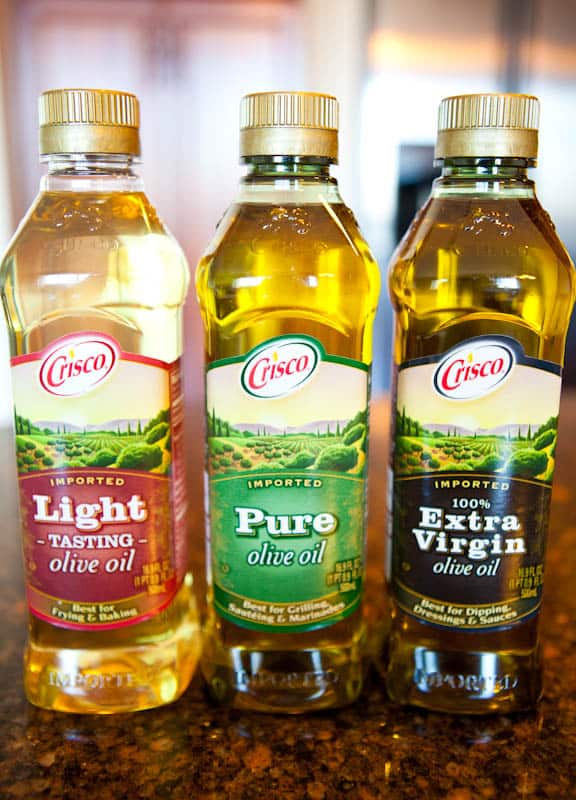
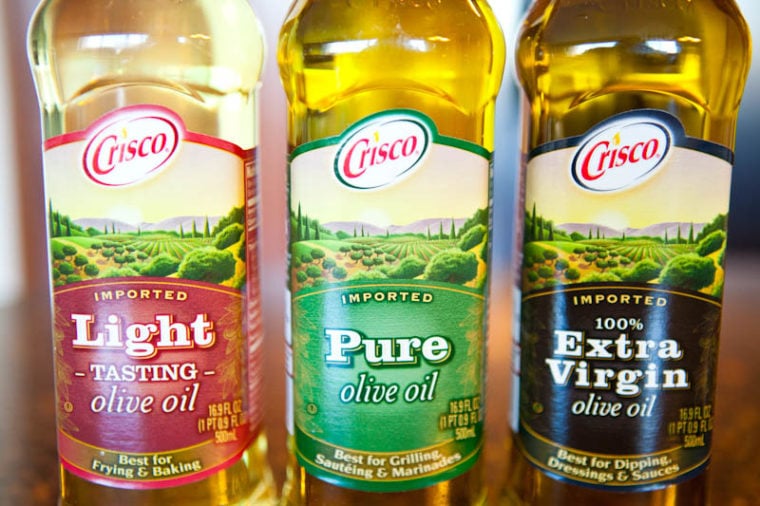
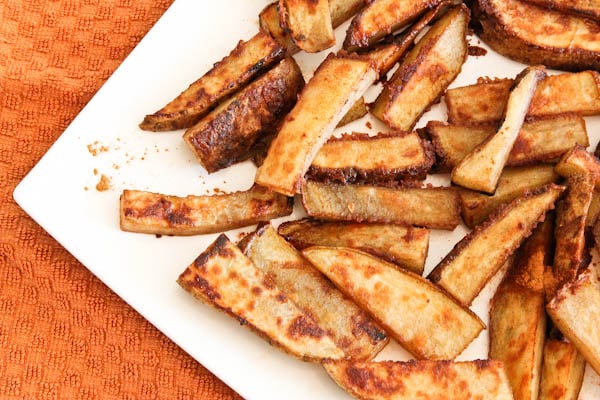
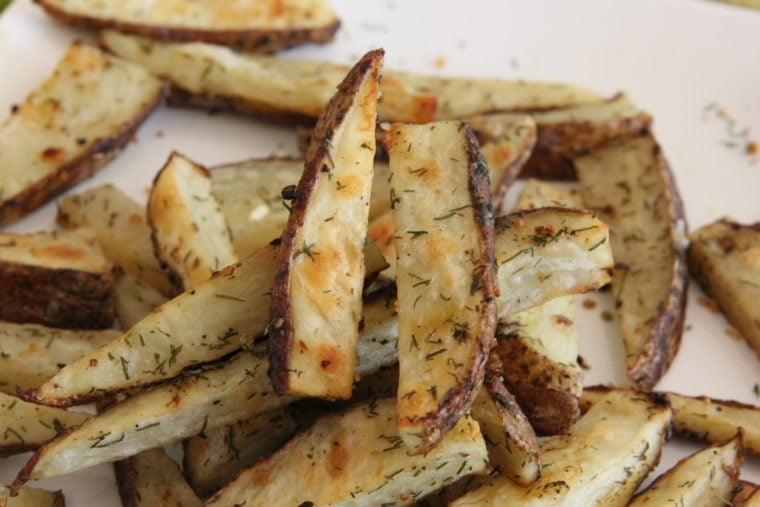
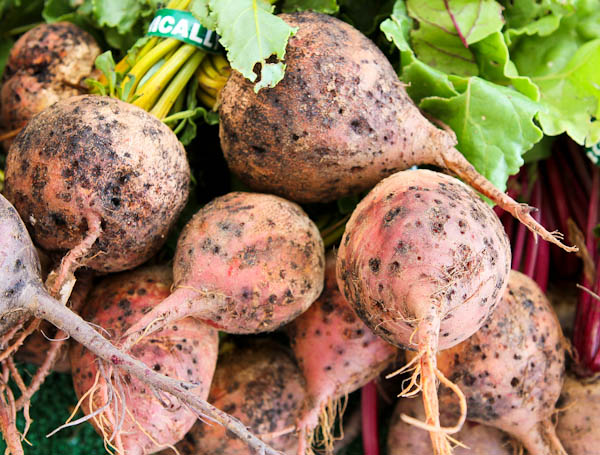
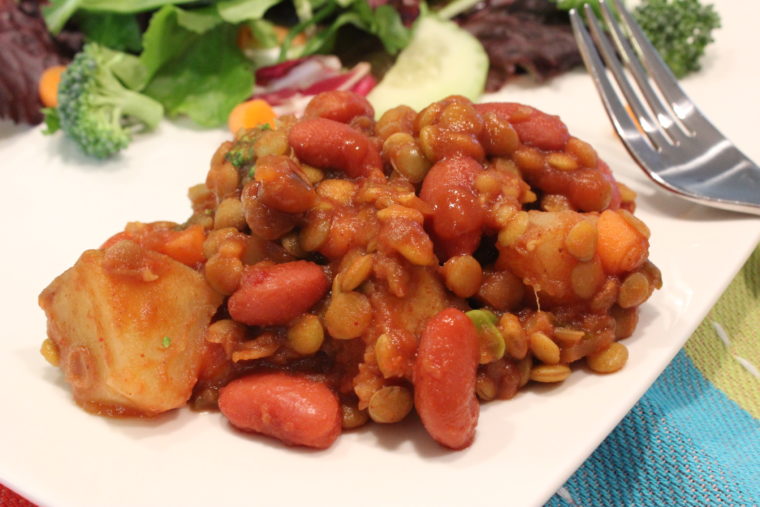
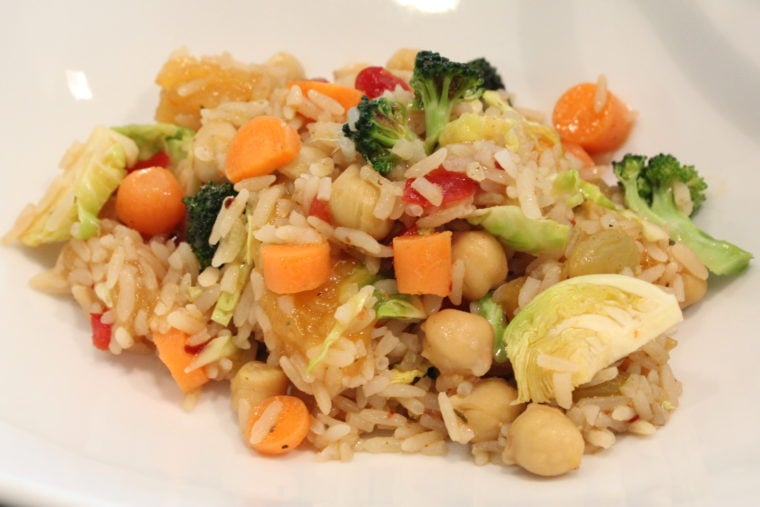
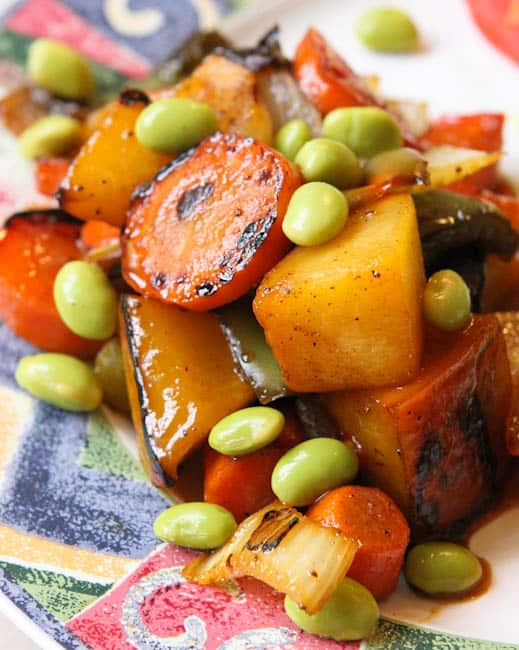
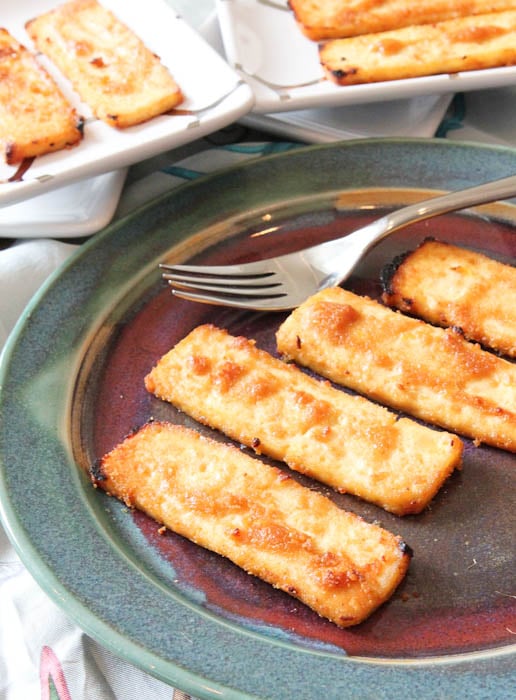
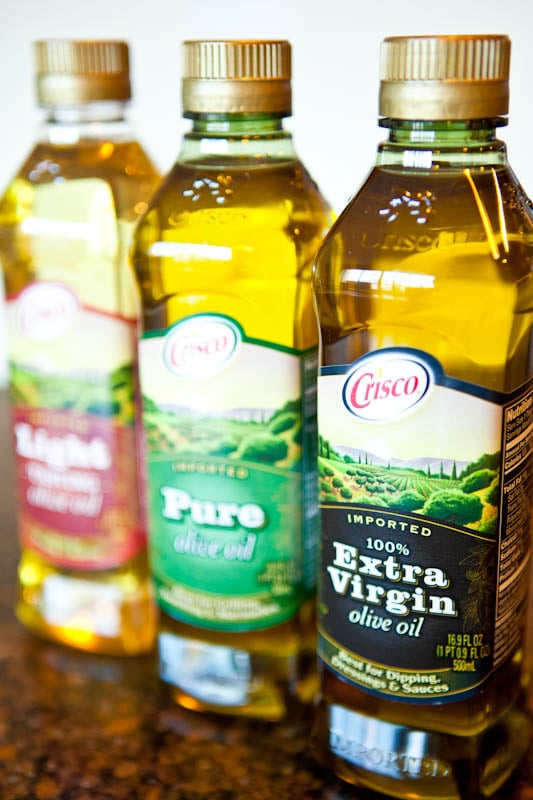

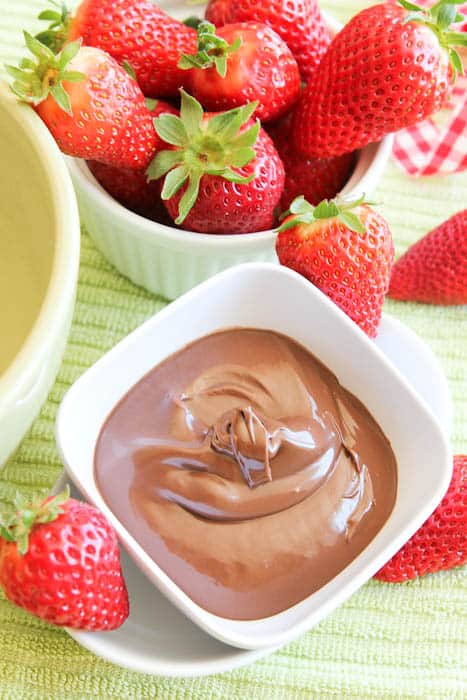
I have olive oil, coconut oil, and sesame oil in the house. But like you, I haven’t been really using any of them lately since it is summer. I find that I use them pretty much only use them when cooking and I have been trying to eat most non-cook foods lately! Although I really want potato wedges or french fries with dinner tonight, they have sounded quite good for awhile so I’ll probably use olive oil. Coconut oil is fine in sweet things like chocolate where I think the chocolate taste stands out the most, but I am a bit leery of using it in savory things.
I’ve always been an olive oil user, but just about 1 year ago I discovered coconut oil. I love cooking with it! I love that slight coconut flavor, especially when I just use 1-2 tsp for stir-frying onions & veggie medleys. Plus it’s supposed to be super healthy!
Best post on oil ever. Drooling. But what’s new.
EVOO, all the way.
you’re so sweet :)
Sweet oil score, we go through a lot of EVOO here! And great recipe inspiration, I go through a lot of coconut oil too.
1. Olive and coconut and daily.
2. Raw cheesecake, baked potato wedges, baked squash, popcorn, etc.
I tried coconut oil for the first time a couple of months ago, and now I’m addicted! I use it for baking a lot, but never for a savory dish. I don’t know why actually. But I love how versitile it is, and I’ll have to look in your recipe archives so I can try using it in a different way!
anywhere you’d use any other oil, you can use coconut oil. be prepared for the taste of course, your veggies will taste like coconut oil. some people hate that. but i love it :) now.
not years ago!
I use butter for almost all my cooking. I love how it browns things up and is awesome in baking too. I use olive oil to drizzle over things but don’t often cook with it. And I also cook with duck fat on occasion for roasting potatoes it adds a really great depth of flavor that other fats don’t, I have found.
duck fat…now that’s one you don’t just run across every day!